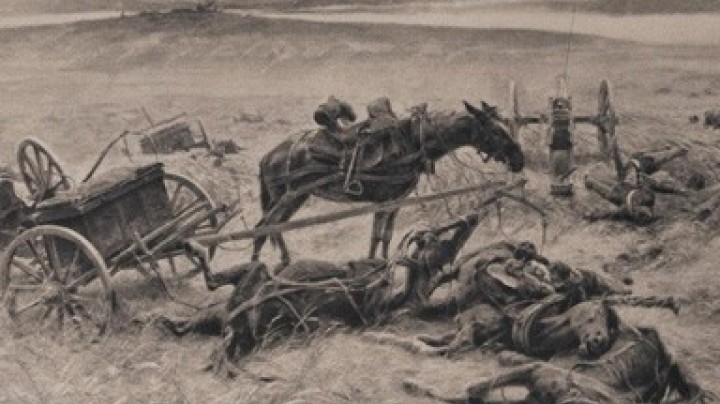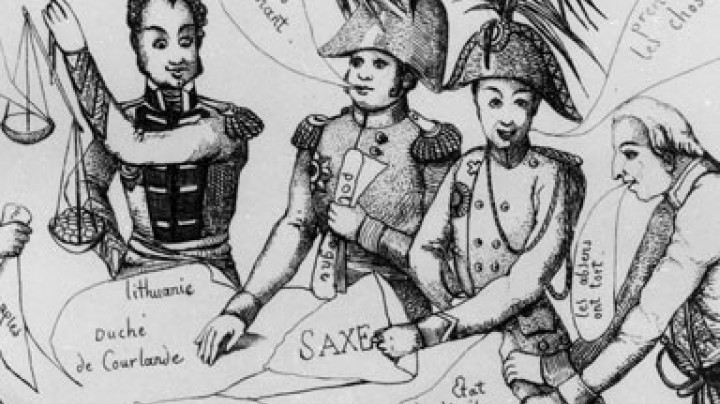The suspended crown princess
Scandals were not the exclusive preserve of the male members of the dynasty. Certain female Habsburgs created a public sensation through behaviour that was ‘out of keeping with their rank and title’, one being the Saxon crown princess Luise.
Emperor Franz Joseph in a letter of 20 January 1903 concerning Luise’s suspensionAccordingly, she shall from henceforth use the titles neither of an imperial princess and archduchess of Austria nor of a royal princess of Hungary and Bohemia, nor shall she bear her hereditary archducal coat of arms with the archducal emblems. She likewise no longer has the right to the title imperial and royal highness, and shall lose all ... honorary rights in the future.
Luise in her memoirs, Luisa of Tuscany: My Own Story, published in London in 1911It seems to me that, at certain crises in our lives, we are seized by abnormal and slumbering forces which temporally create neurotic disturbances, under the influence of which we commit acts of impulse that frequently have lifelong consequences.
In 1891 Luise, sister of Archduke Leopold Ferdinand alias Leopold Wölfling from the Tuscan line, married Crown Prince Friedrich August of Saxony. Her (too) free behaviour and light-headed approach to life led to tensions with members of her husband’s family, while Luise for her part found it difficult to come to terms with their marked conservatism. It is most likely that she had an affair with the French teacher André Giron, with whom she eloped to Switzerland, also in the company of her brother Leopold. A public scandal ensued – with an exclusive reporter, the journalist and writer Felix Salten, who published an account of the events in his newspaper Die Zeit.
When the Saxon royal house sued for divorce, German law entitled Luise to assume her former name together with the title as an archduchess of Austria. Although the court of Vienna was understandably by no means happy with this prospect, the Family Statute had no provisions for depriving Luise of her rights. As the only remaining possibility was to suspend them, Franz Joseph instructed the minister with responsibility for such things to ‘strike out of the wife of His Royal Highness the Crown Prince of Saxony from the genealogical registers of the members of My House.’
Luise was given the new title of Countess Montignoso. Although her liaison with André Giron did not last long, she nevertheless remained in the news, as in 1907 she married the musician Enrico Toselli and thus caused a further scandal: the re-marriage of a Catholic! However, in 1912 this union likewise broke up and Luise took the title of Countess d’Ysette. The scandal surrounding the person of the Saxon crown princess was so familiar to the public that the cabaret artist Karl Valentin made it the subject of a song entitled ‘Luise and Giron’. Luise’s life, however, provided material for more than just satire. It also generated defamatory writings, one of which bore the title ‘The hysterical woman in family and society: Medical-psychological reflections in connection with the case of the crown princess of Saxony’.














